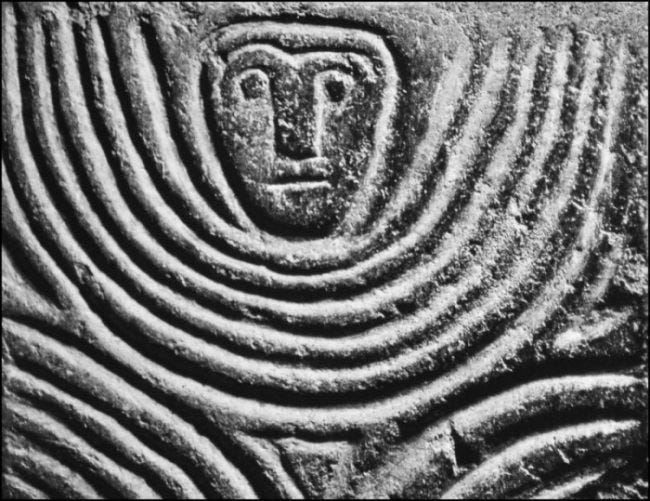Somewhere along the way, our native traditional healing customs, and the traditions of offering and votive deposit have become confused and conflated, with some very nasty results. In last time’s post, I looked extensively at the Sacred Art of Offerings, what they are and how we do them. In this post, I am going to try and rectify the misunderstandings and confusions, particularly about the tradition of Clooties or strips of cloth.

If like me you have ever come to a sacred place in the deep country that you have longed to visit, only to find that the place is polluted with a variety of detritus, you know this frustration well. The beauty and sanctuary of the place is so often disturbed because people have not thought through what they are doing. Holy wells with the remains of night-light holders, both floating upon or teetering beside the waters waiting to fall in; or small local stone circles with burnt-out centres where some fool has lit a bonfire, as well as the scattered panoply of a family picnic and the casual visitor disjecta. But the one that drives me craziest is the clootie tree that has been covered with plastic rubbish, from car air-fresheners and bits of broken jewellery, to items of underwear and (I’m afraid to say) used sanitary towels, Tampax and filled condoms. If those who left such items would only consider what constitutes a respectful gift to a holy place - for they would certainly not leave such items in front of, say, a votive altar in a cathedral – we would all be a lot happier.
Keep reading with a 7-day free trial
Subscribe to Caitlín Matthews - A Hallowquest Sanctuary to keep reading this post and get 7 days of free access to the full post archives.




